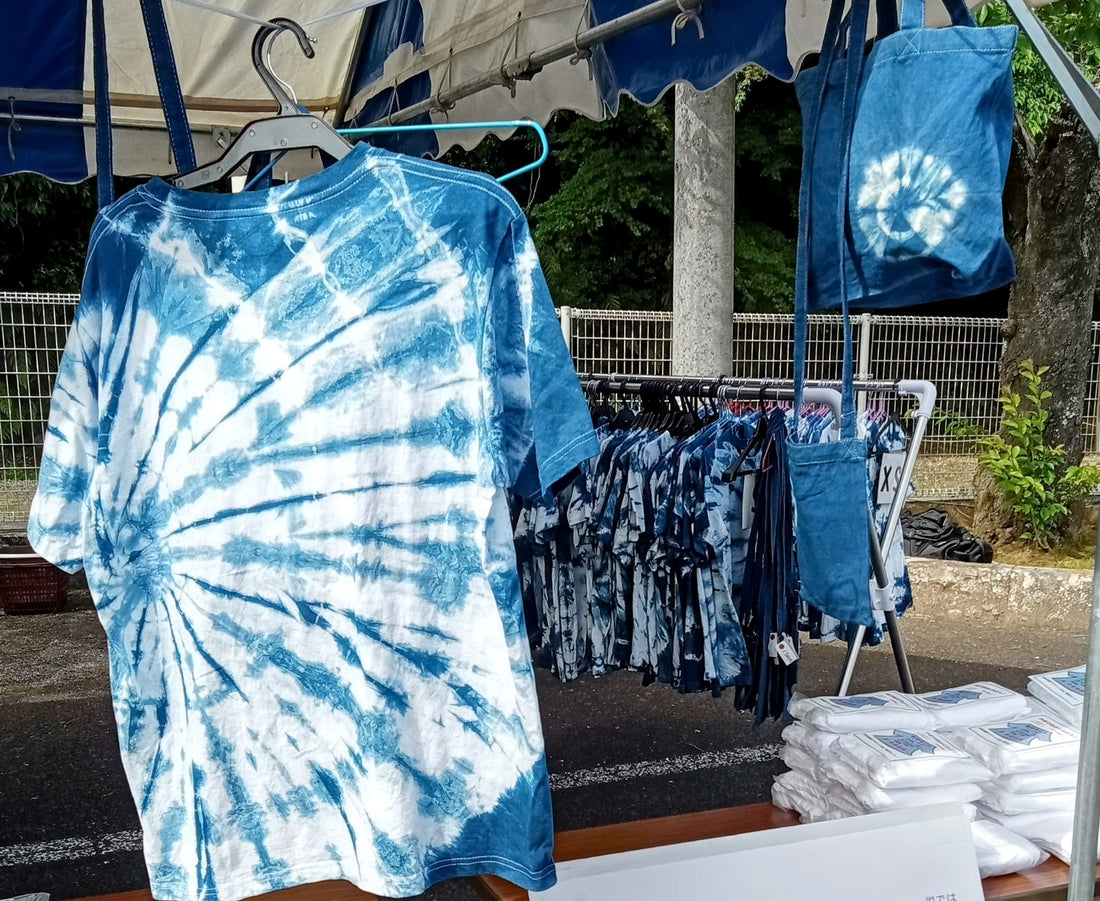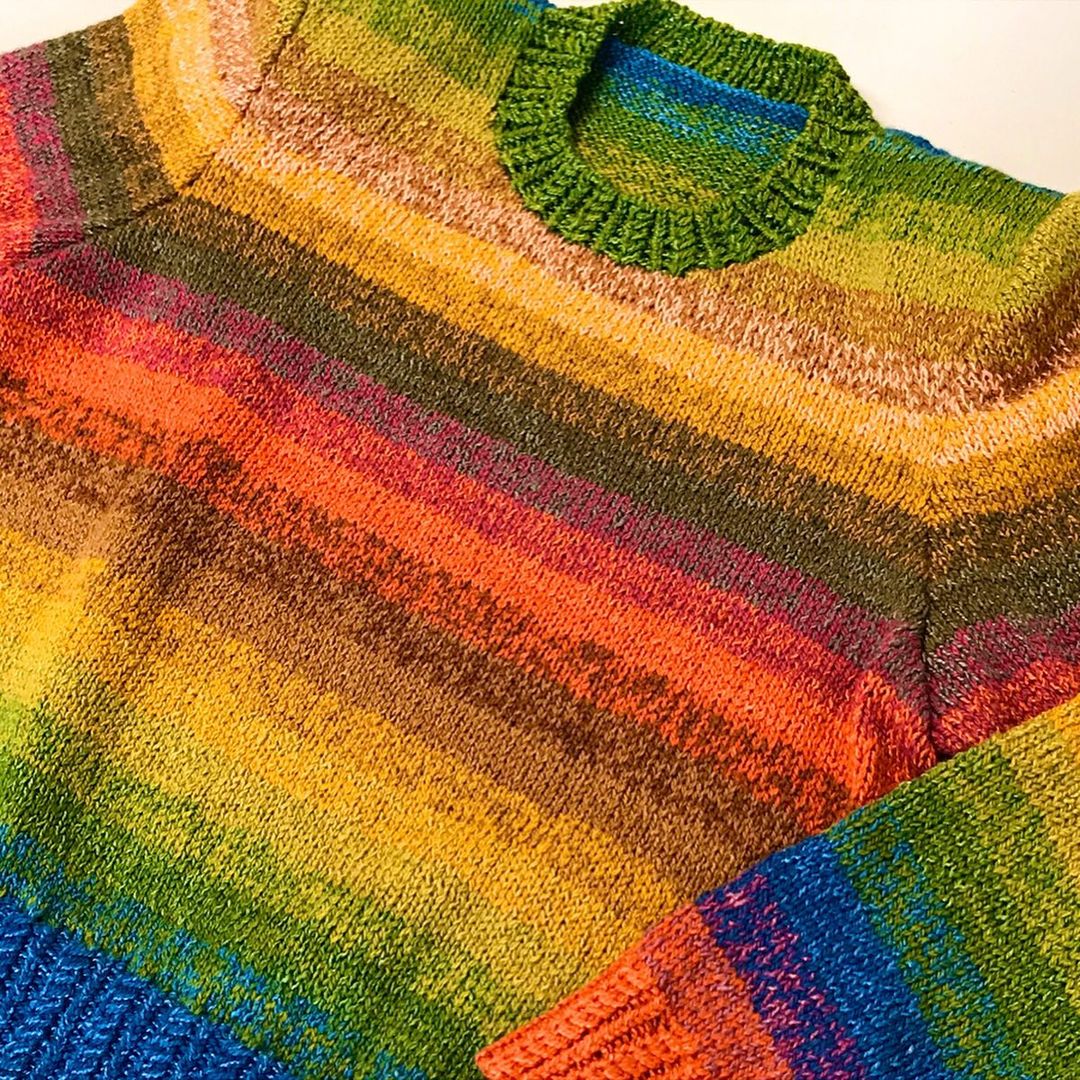Hi! I'm Yuta from Aikuma Japanese Dyes.
Today, I will explain the overview of Japanese dyeing.
First, we have two ways to make dyed clothes.
先染 (Sakizome):Weaving with dyed yarn. (Dyeing→Weaving)
後染 (Atozome):Dyeing after weaving with non-dyed yarn. (Weaving→Dyeing)
Clothes made by 先染 have been called 絣 (Kasuri) in Japan.
However, in terms of dyeing, 後染 is more popular and I want to introduce only 後染. There are many kinds of 後染. These are the examples.
浸染 (Shinzen):Dip-dyeing in cold water or hot water such as indigo dyeing.
引染 (Hikizome):Dyeing with bristles or brushes. Many of us use Hikibake for this.
捺染 (Nassen):Dyeing with paste-type dyes and then printing it like silk screen.
摺込染 (Surikomi):Dyeing with Surikomi brush softly with stencil paper.
In 浸染 and 引染, many people create patterns by means of 防染 (Bosen). 防染 (anti-dye) means preventing certain areas from being dyed by gluing or threading them together. 防染 has a lot of methods like these.
絞り染 (Shibori):Shibori, one of the most famous dyeing methods in the world.
糊防染 (Noribosen):Called Yuzen (友禅) with resist paste like Katanori. Using stencil paper or Tsutsugawa.
蝋纈染 (Roketsu):Rosome using resisting wax and brushes for wax dyeing.
Other dyeing techniques include spraying or painting with a brush.
型染 (Katazome) is known as stencil dyeing in Japan but it has a lot of ways to dye. Of course, Noribosen using Katanori is most common, but 捺染 with stencil paper or Surikomi are also Katazome. So, the definition of Katazome is only using stencil paper, I think.



